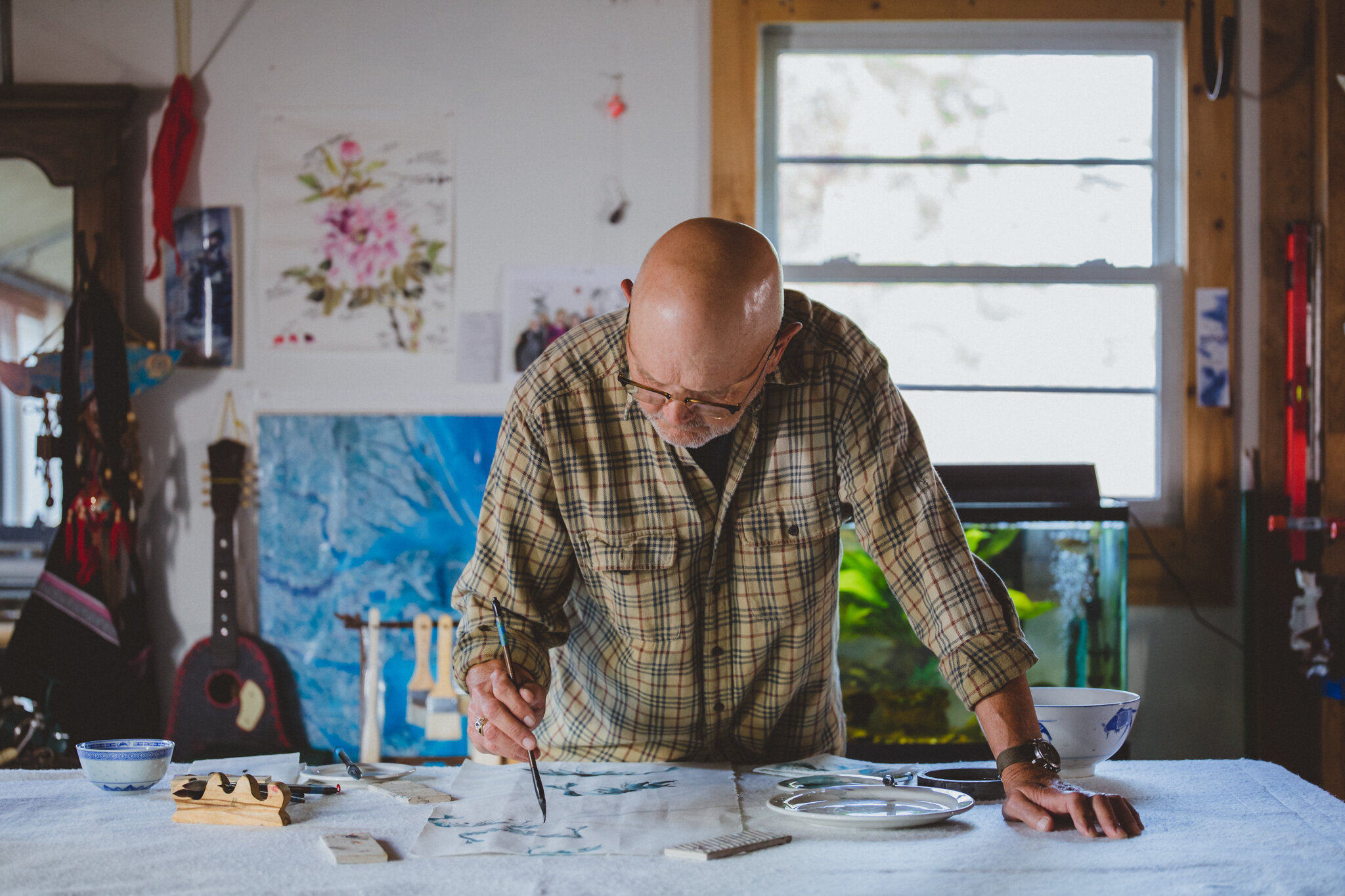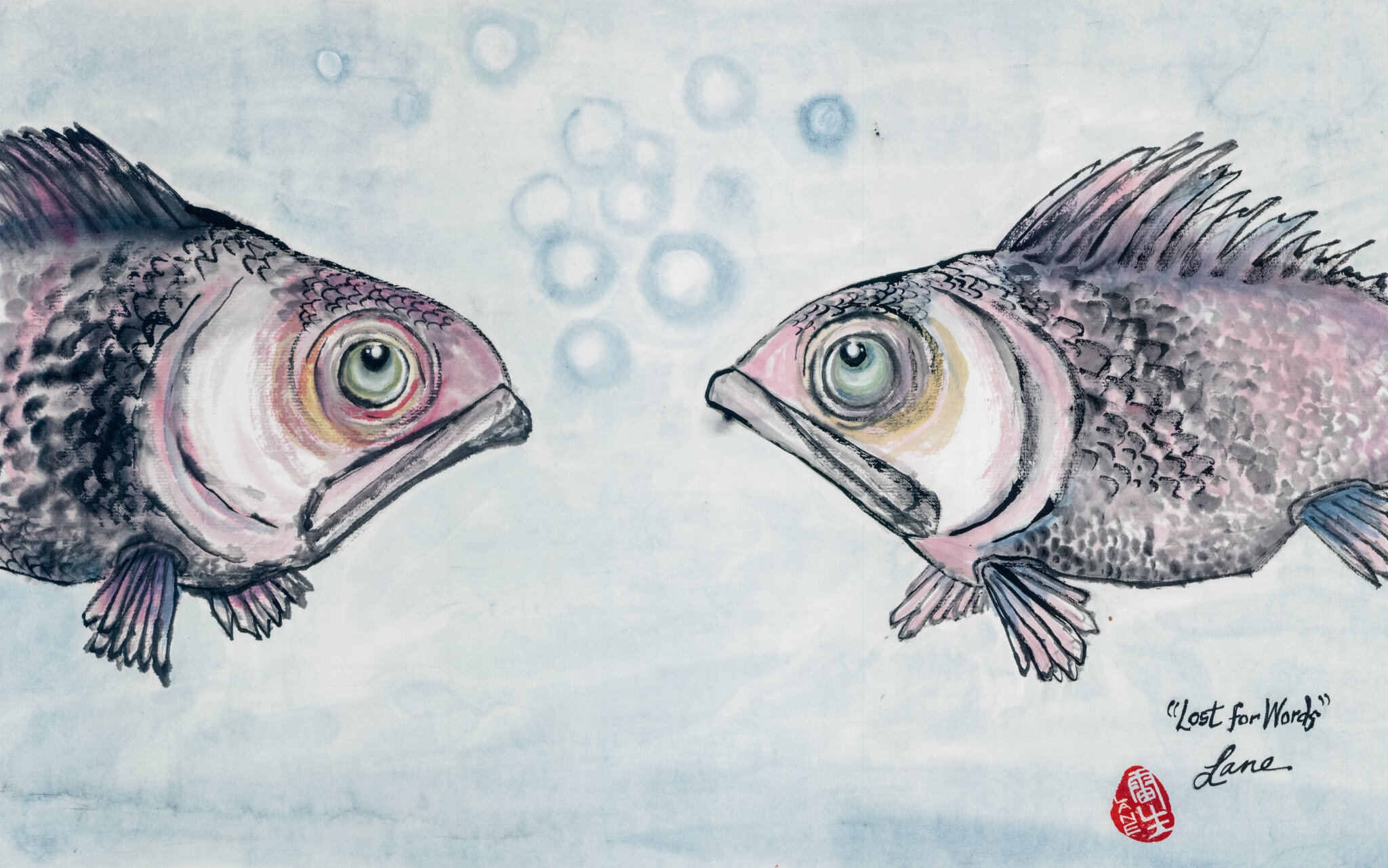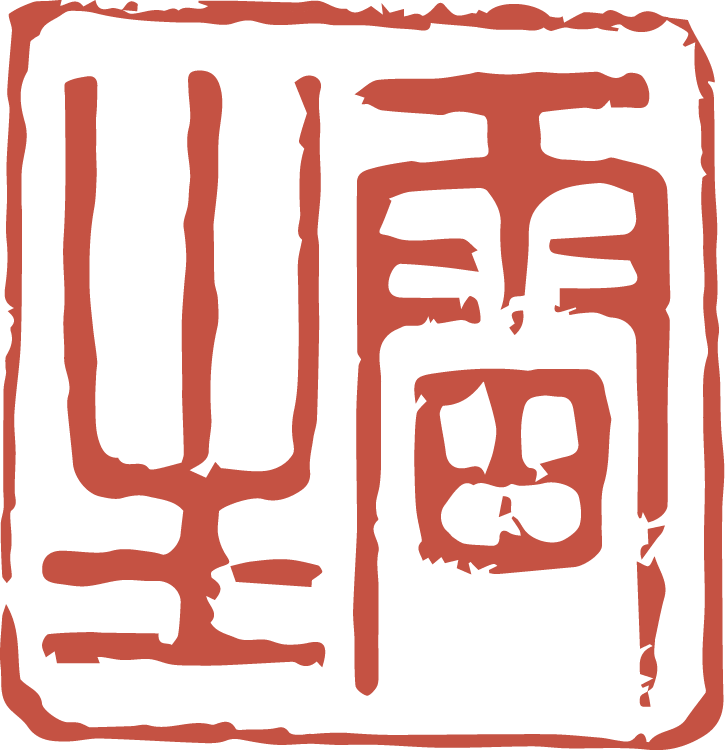
IMAGO DEI
Process… from the solitude of the studio… energized by joy in the design, the designer and the community of artists around me...
Blog : Imago Dei
As with most artists, I love the aloneness of the studio. That said, I have learned to love my art community—understanding local artists, affirming their work, giving and receiving suggestions, and growing as I allow them into my process.
In Asian traditions, spirituality and art share a similar and sometimes overlapping space. The concept of Imago Dei, the belief that mankind’s art naturally unfolds as an imprint of a creator God, motivates and encourages me as I paint. Because he is a maker, human beings make…
Little Living Things
During the past 2 months, I was struck by the works of Qi Bai Shi that are called "Little Living Things" . Another translation for the phrase (xiao sheng ling) is "Little Souls". Qi was an expert in painting small creatures-- insects, birds, pond fish. The care he gave to these simple things presented a clear message-- all the creation is spectacular and fascinating and valuable. I decided to devote some time to the little souls. Here are two of the works in that thread.
View From the Shallows
In his book, Refractions, Fujimura describes how pragmatic utilitarianism’s predominance in America gutted the culture and damaged our aesthetic sensibilities. In order to provide more detail he references the industrialization principles of labor and manufacturing efficiency put forward by Frederick Taylor. In many ways, these principles undergirded healthy science and promoted wise industrial use of machines in the 19th and 20th centuries, but when applied similarly to people the results were dehumanizing. People are not machines and our essence (as I assert in the earlier section about man being made in the image of God) and its value is invisible, spiritual, and unquantifiable. Here are some of Taylor’s main tenets:
· The primary goal of human labor is efficiency.
· Technical calculation is in all respects superior to human judgment
· Human judgment cannot be trusted because it is plagued by laxity, ambiguity, an unnecessary complexity.
· Subjectivity is an obstacle to clear thinking.
· Whatever cannot be measured either does not exist or is of no value.
· The affairs of citizens are best guided and directed by the experts.
Another recent book by Nicholas Carr called “The Shallows” also asserts that the digital tech-driven age of short, incomplete online engagement with information promotes a similar view of man, a dehumanizing view.
Fujimura insists that in its essence, art transgresses such damaging cultural conventions because these notions attack the innate and distinctive worth of people. Art in its unmeasurable, extravagant, subjective, and ambiguous power reminds of this fact, and by doing so, it affirms our humanity. Art affirms that which separates us from our machines and the social and economic appeal of materialistic life.
I've done several paintings that depict a liminal space that mediates between industrial principles and more unquantifiable human values. This one called "View from the Shallows" depicts that coke can and the water bottle after they have disappeared below the surface of the marsh water. Somehow, they become part of the natural beauty that continues to express itself around them.
“Yang-ish” in the Time of Covid-19
I recently saw that The Virginia Beach Art Center Artist Gallery is welcoming artists to exhibit works that address the stresses and expressions of courage, the hopes and fears, and challenges of the Covid 19 crisis. They are calling the exhibit, " Pandemic '20". I wanted to contribute and decided to start with a pour to symbolize the high level of uncertainty surrounding the spread of the disease and the emergent quality of the response.
As I thought more about the subject matter, I choose earthy pigments that suggest both decay as well as fertility. After doing 4 pours, I chose one that reminded me of an old decaying pine stump. The pour was very "yin-ish" and fluid. I decided to add decaying bark with dry ink brush, light shades of stone green and indigo, and a small pine seedling in ink and spring green at the top symbolizing hope. The title is "Hope Springs Up".




